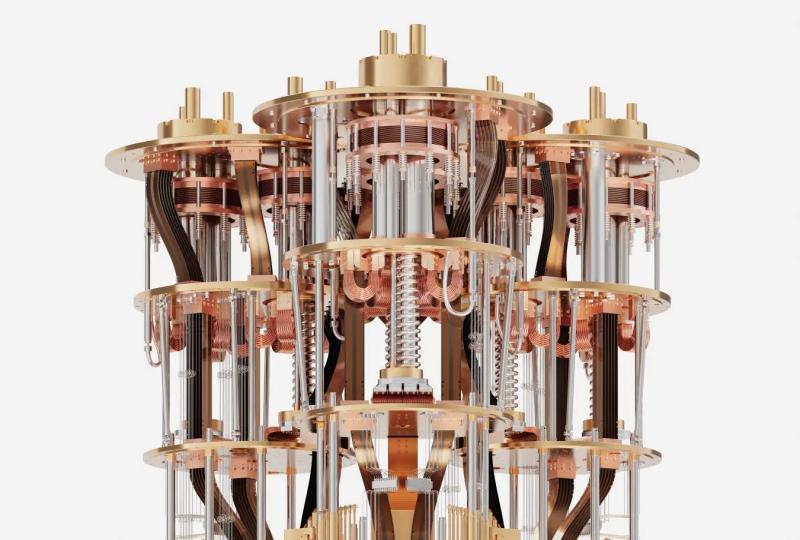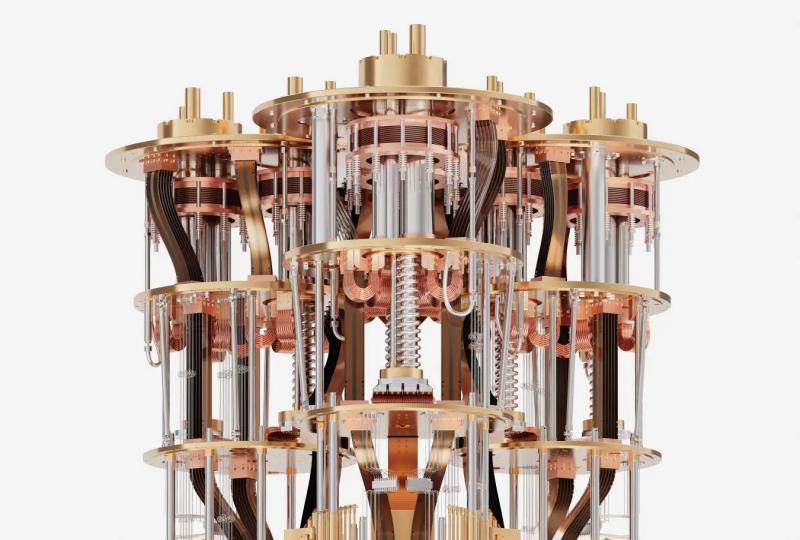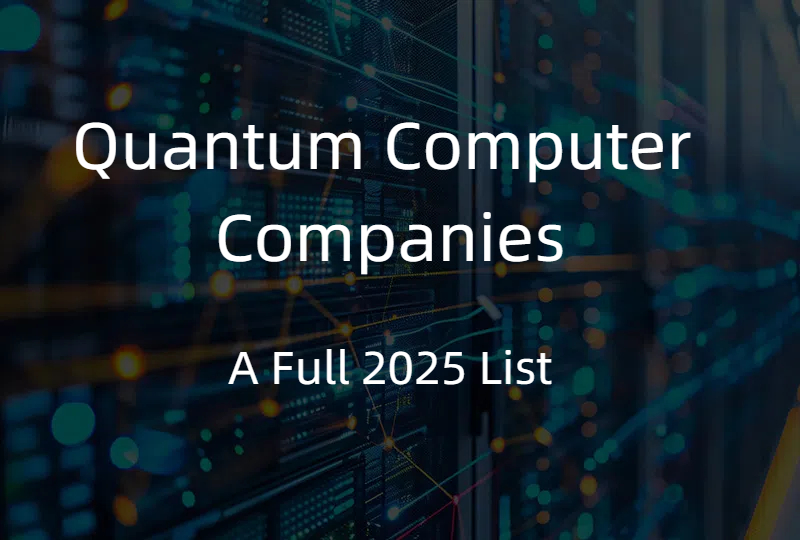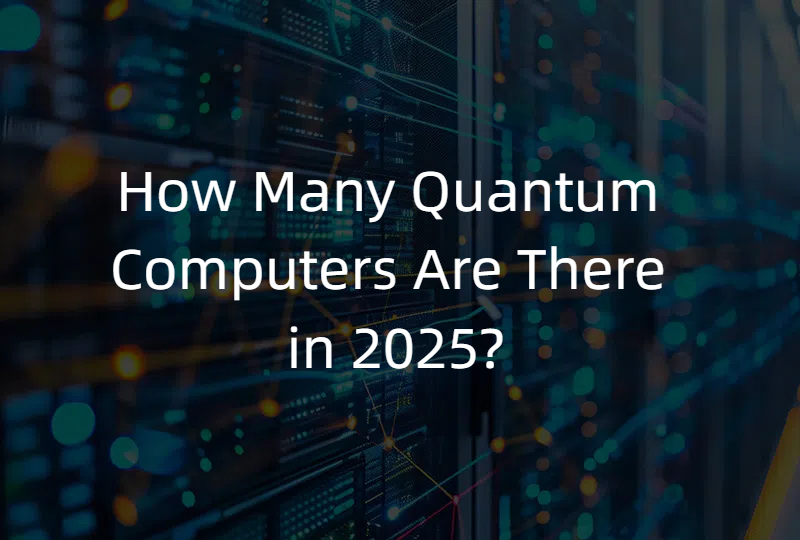Quantum Machine Learning: Bridging Quantum Computing and Artificial Intelligence
2025.08.22 · Blog Quantum Machine Learning
Quantum machine learning (QML) is an emerging interdisciplinary field that fuses the principles of quantum computing with the algorithms and techniques of machine learning (ML). As machine learning increasingly drives breakthroughs in science, industry, and everyday technology, the promise of quantum-enhanced learning algorithms offers the tantalizing prospect of exponentially faster computations, novel data representations, and improved learning models. This article explores the foundational concepts underlying QML, surveys its core algorithms and frameworks, examines key applications, discusses technical challenges, and outlines future directions in the quest to harness quantum advantages for intelligent systems.
-
Introduction
Quantum machine learning can broadly be defined as the development and use of quantum algorithms and computational models to perform machine learning tasks. The field blends quantum information science—which studies the manipulation and transmission of information using quantum systems—with classical learning theory and artificial intelligence. Although conceptual discussions around quantum algorithms for data processing date back to the early 2000s, recent advancements in quantum hardware, hybrid quantum-classical architectures, and algorithm design have brought QML into pragmatic focus.
QML holds potential advantages over classical counterparts by exploiting quantum superposition, entanglement, and interference to explore exponentially large state spaces and complex patterns more efficiently. These features could reduce training times, enhance model expressivity, and enable new types of data analysis not possible on classical computers.
-
Fundamental Concepts
At its core, QML relies on the representation and manipulation of data using quantum bits (qubits), which unlike classical bits can exist in superpositions of 0 and 1 states. Quantum registers, collections of qubits, serve as the basic memory storage for quantum computations. Quantum circuits—networks of quantum gates—act as the computational framework for processing these qubits according to the desired algorithm.
Superposition allows qubits to encode multiple possibilities simultaneously, potentially enabling parallel exploration of complex solution spaces. Entanglement ties qubits together so their states cannot be described independently, adding richness to data representation and computation. Upon measurement, quantum states collapse probabilistically, providing outputs governed by the amplitude distribution in the quantum system. These measurements require careful post-processing and repeated execution to extract meaningful classical information.
-
Core QML Algorithms and Frameworks
Several algorithmic paradigms have emerged as foundational to QML.
3.1 Variational Quantum Circuits (VQC)
VQCs use parameterized quantum circuits—quantum circuits with adjustable gate parameters—that can be trained to minimize a loss function. These circuits often function as quantum neural networks and are optimized in hybrid loops where a classical optimizer updates parameters based on feedback from quantum measurements. VQCs are seen as promising for near-term noisy intermediate-scale quantum (NISQ) devices.
3.2 Quantum Kernel Methods
Quantum kernel techniques map classical data into high-dimensional quantum Hilbert spaces through quantum feature maps. The kernel values—measuring overlaps between quantum states—are computed via quantum circuits and fed into classical kernelized algorithms like support vector machines, harnessing quantum advantage in feature space representation.
3.3 Quantum Principal Component Analysis (qPCA)
qPCA algorithms aim to extract dominant eigenvectors and eigenvalues of data covariance matrices exponentially faster by exploiting quantum phase estimation. qPCA has potential in dimensionality reduction and noise filtering in high-dimensional datasets.
3.4 Quantum Support Vector Machines (qSVM)
Quantum SVMs extend classical SVMs by using quantum kernels and optimized quantum subroutines for classification tasks, potentially providing exponential speedups in training and evaluation phases.
3.5 Quantum Neural Networks (QNN)
QNNs implement neural network architectures on quantum hardware using parameterized gates and layered circuits. Different ansatz designs mimic classical neural layers and enable quantum versions of perceptrons and deep networks.
-
Data Encoding and Representation
Efficiently loading classical data into quantum machines constitutes a major challenge.
-
Amplitude encoding compresses data into the amplitudes of quantum states, enabling compact representation but often requiring complex state preparation circuits.
-
Basis and angle encoding encode data features into qubit basis states or gate rotation angles, trading off expressivity and circuit depth.
-
Quantum Random Access Memory (QRAM) proposes theoretically efficient data loading architectures, though practical implementations remain nascent. Selecting appropriate encoding schemes impacts circuit complexity and fidelity of data representation.
-
Applications and Use Cases
Quantum machine learning offers transformative potential in a range of fields.
-
Classification and regression tasks in image recognition, financial forecasting, and medical diagnostics.
-
Unsupervised learning such as clustering and dimensionality reduction for exploratory data analysis.
-
Generative modeling using quantum generative adversarial networks (QGANs) that produce quantum or classical data samples.
-
Reinforcement learning where quantum environments or policies could accelerate decision-making.
-
Scientific discovery through molecular property prediction and material design, leveraging quantum-enhanced feature spaces.
-
Performance Metrics and Benchmarks
Assessing QML methods requires metrics beyond classical accuracy.
-
Quantum advantage benchmarks compare quantum algorithm performance and resource utilization (qubits, gates, circuit depth) against classical approaches.
-
Noise resilience and error mitigation metrics evaluate algorithm robustness on current imperfect hardware.
-
Benchmarking platforms and curated open datasets support standardized experimental comparisons and reproducibility.
-
Technical Challenges
Despite progress, QML faces multiple hurdles.
-
Limited qubit counts and sparse qubit connectivity restrict model size and expressivity.
-
Quantum decoherence and gate errors introduce noise, limiting feasible circuit depth and fidelity.
-
Efficient data loading remains a bottleneck, as preparing complex quantum states is resource-intensive.
-
Hybrid quantum-classical optimization loops face challenges in gradient estimation, barren plateaus, and scalability.
-
Software Ecosystem and Tools
The QML ecosystem features maturing open-source frameworks facilitating algorithm development.
-
Qiskit Machine Learning from IBM includes tools for VQCs, quantum classifiers, and kernels.
-
PennyLane and Strawberry Fields offer hybrid quantum-classical automation and photonic quantum computing support.
-
TensorFlow Quantum combines Google's machine learning platform with quantum circuits.
-
Ocean by D-Wave and Rigetti Forest focus on quantum annealing and gate-model programming. These toolkits accelerate experimentation and provide interfaces abstracting quantum hardware details.
-
Future Directions
The path forward features ambitious research targets.
-
Developing fault-tolerant QML systems to overcome noise limitations.
-
Automated ansatz and circuit structure search to optimize models adaptively.
-
Tight integration of quantum components into classical AI pipelines for hybrid intelligence.
-
Exploration of quantum data, quantum privacy, and secure distributed learning.
-
Establishing roadmaps for real-world deployment in industries such as healthcare, finance, and aerospace.
-
Conclusion
Quantum machine learning represents a frontier promising to augment and redefine artificial intelligence through quantum principles. While still nascent and constrained by current hardware, QML offers novel computational paradigms with the potential to transform data analysis and autonomous decision-making. Researchers and practitioners should focus on overcoming technical bottlenecks, advancing hybrid algorithm design, and building scalable, noise-resilient systems. As quantum hardware matures, we anticipate increasingly sophisticated quantum-enhanced models becoming integral to AI's next generation.
The synergies between quantum computing and machine learning could unlock new horizons, catalyzing innovation across science, industry, and society in the coming quantum era.
Featured Content






